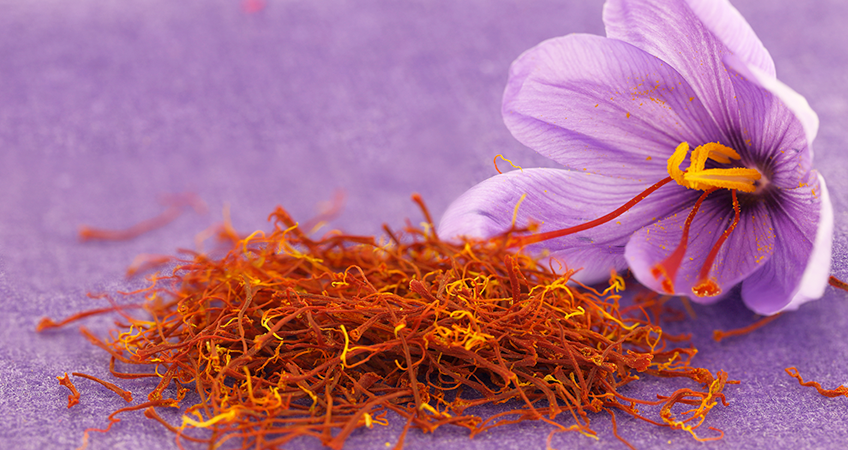Scientific name: Crocus sativus
Synonym: Crocus sativus var. cashmirianus
Family: IRIDACEAE
Common names: “Saffron crocus” “blood of Thoth” “St Valentine’s rose”
Plant Type: Herbaceous perennial corm
Conditions:
Zone: 5-8
Light: Full sun
Exposure: Sheltered
Soil: Sandy loam, doesn’t like clay
Moisture: Well drained
Aesthetic:

Plant Size: 6″ H & W
Leaf and Stem shape: Linear leaves usually with a silvery central stripe
Flower: Large, goblet flowers in pale purple with red stigma
Maintenance: Pick the stigmas and dry them, must have free draining soil, may benefit from low nitrogen fertilizer application, keep them completely dry during summer dormancy
Landscape use: Flower border, gravel garden, container, Mediterranean garden, edible spice
Propagate: By seed and division
Pests & Disease: Susceptible to fungal diseases, mice and rodents may dig them up
Comments: Stigmas from the flower are collected for saffron, one of the most highly prized spices in the world, native to the Eastern Mediterranean
Cultivars: ~AGM winners:
Crocus cartwrightianus – “Wild saffron” – same growing conditions, tolerant of wetter conditions with a little clay but still must be well drained
C. c. ‘Albus’ – “white wild saffron” – white flowers
